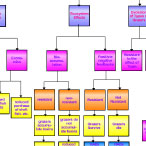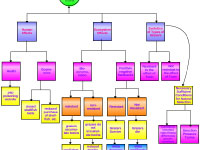|
|
Click Images to Enlarge
|
||||||||
Click Buttons for Presentation Videos & Maps |
About this Workshop:
For this workshop, 15 educators from the New England area, Texas, and Illinois were matched with ocean and climate scientists from the University of Connecticut to improve their collective understanding of Earth's major ocean - climate systems. [more]
About this Scientist:
David Avery is a biological oceanographer who is interested in zooplankton ecology and life history evolution. As a student, he worked on the USGLOBEC project, and his dissertation research centered on the quantitative genetics of diapause or dormancy in the calanoid copepod Acartia hudsonica. David is currently Assistant Professor in Residence at the University of Connecticut where he conducts research on the evolution of toxin resistance in copepods. He also studies zooplankton nutrition, population biology, and how planktonic organisms cope with life in a dynamic fluid environment. [more]













